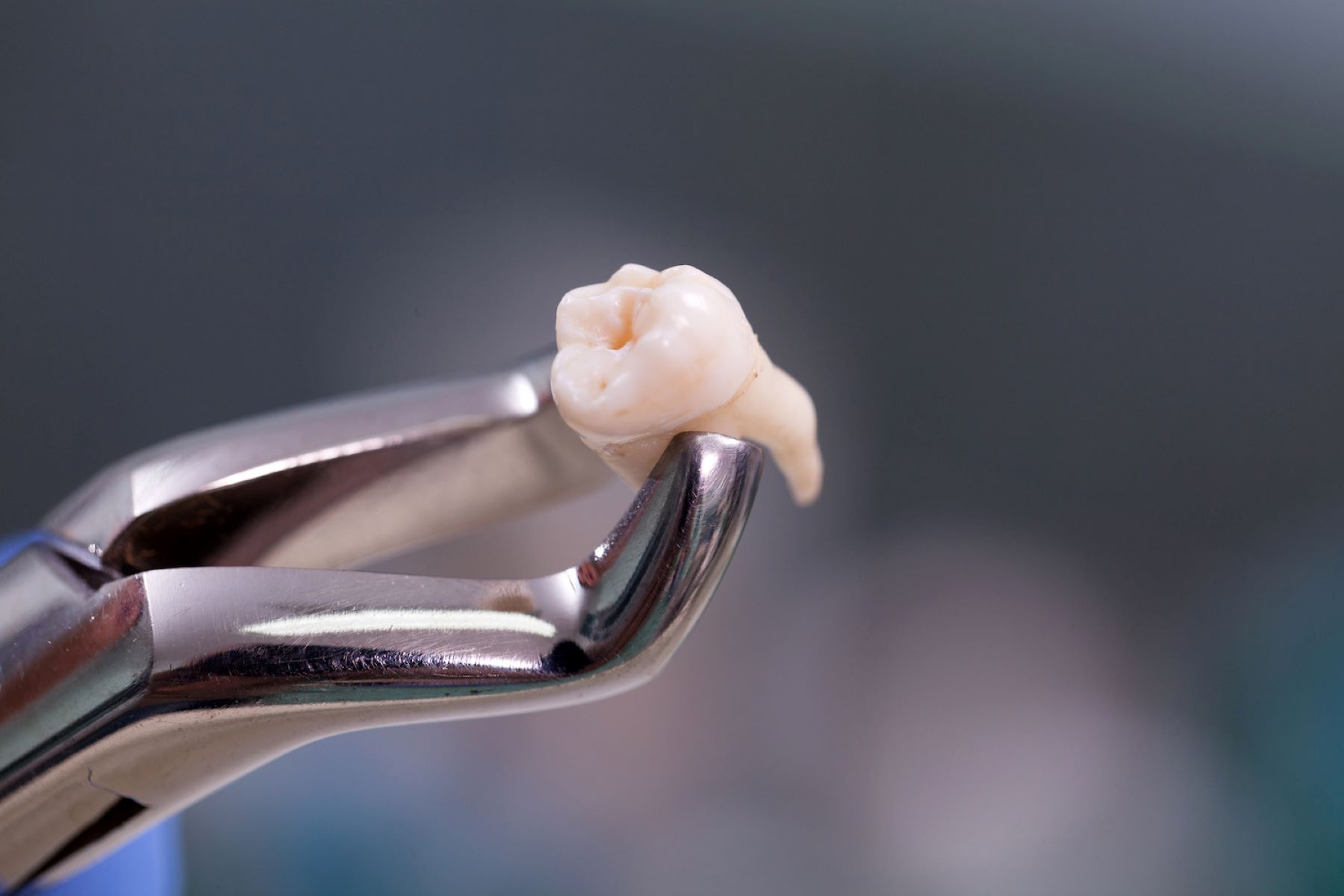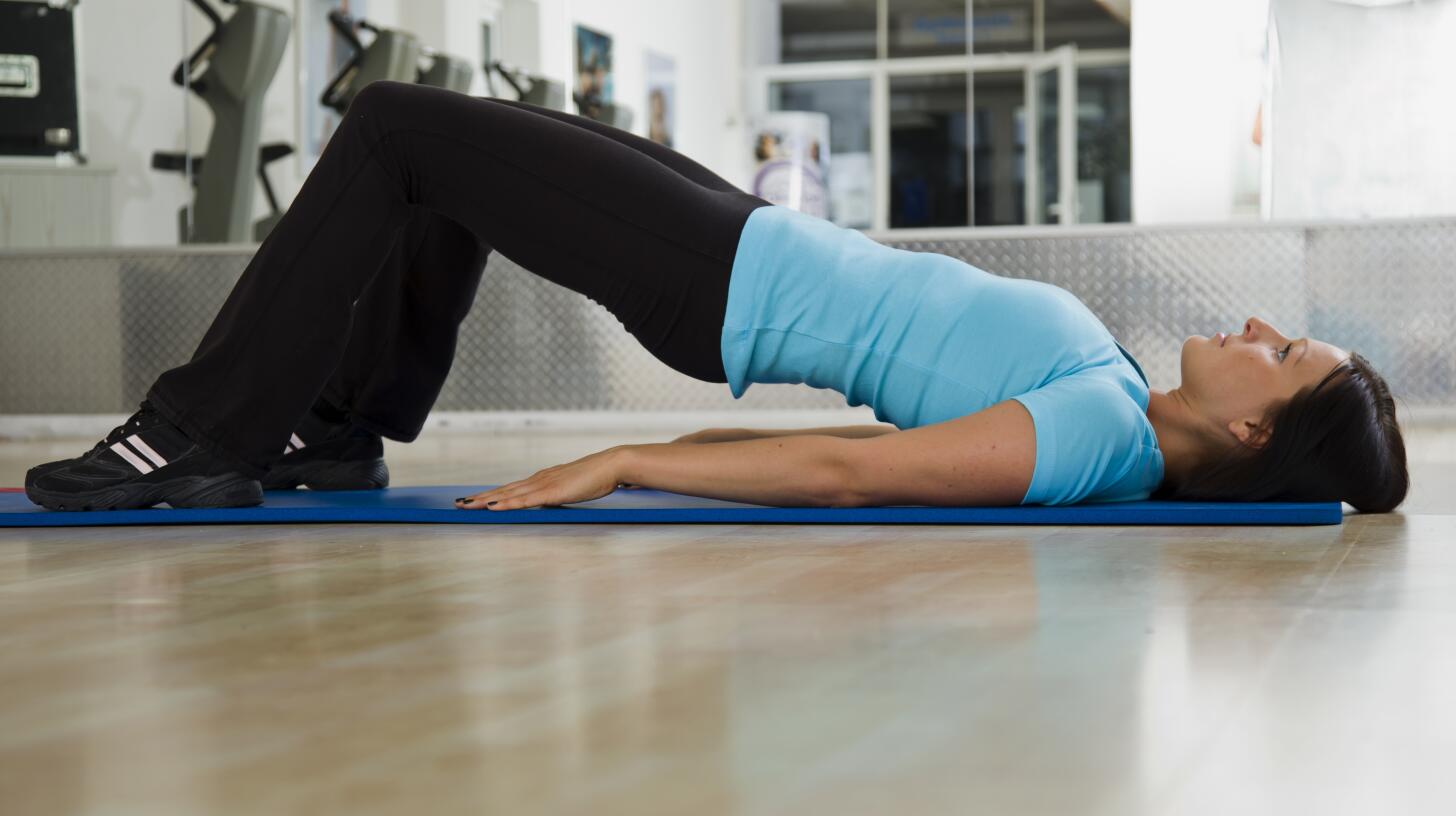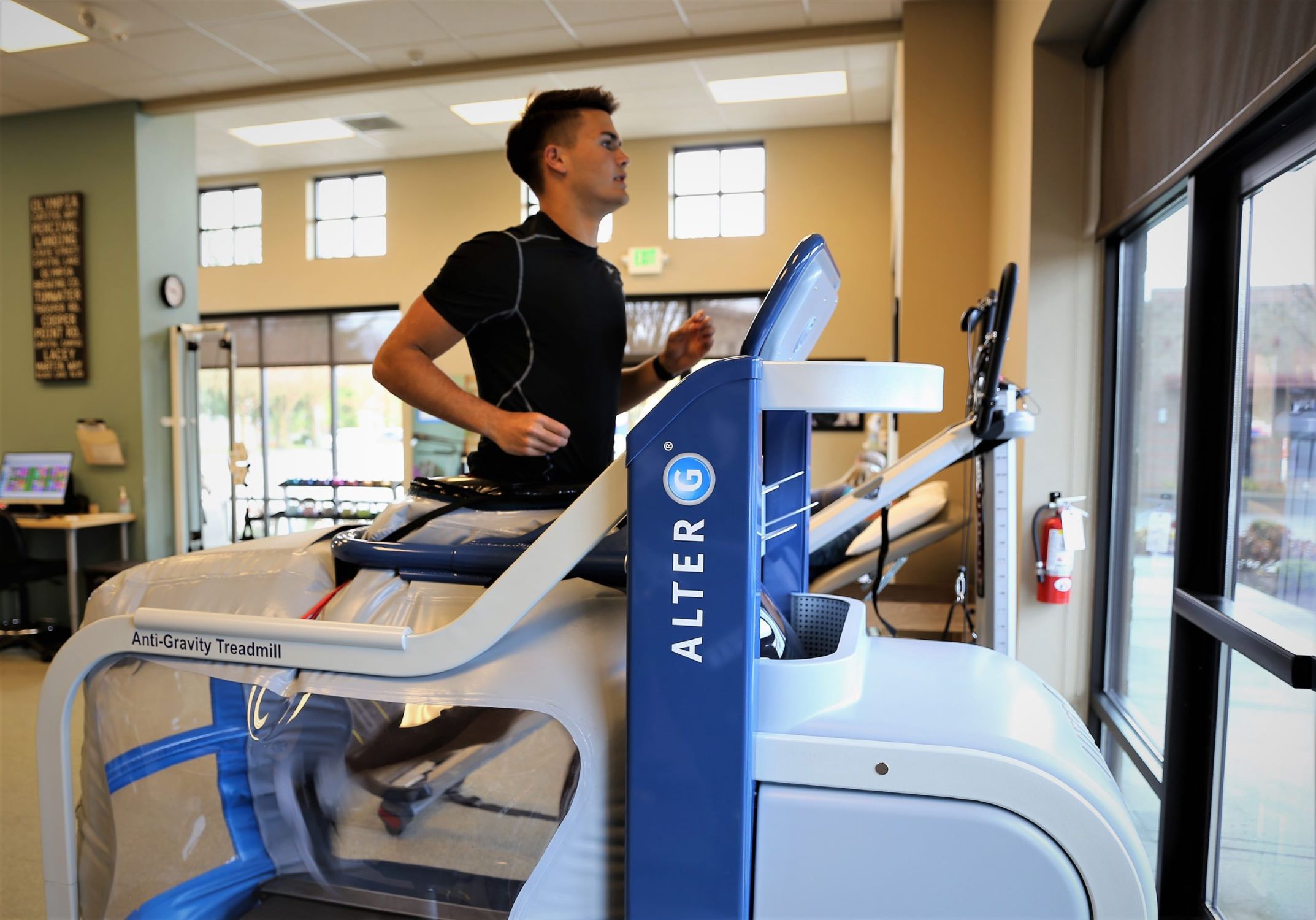Home>Misc>Featured>Why Can’t You Exercise After Mohs Surgery


Featured
Why Can’t You Exercise After Mohs Surgery
Published: September 26, 2023
Learn why you should avoid exercising after Mohs surgery and get expert advice on the best recovery methods. Featured article for a speedy and safe healing process.
Introduction
Welcome to this informative article on the topic of exercising after Mohs surgery. If you have recently undergone Mohs surgery or are considering it, it is important to understand the recommended guidelines for exercise during the recovery period. Mohs surgery is a precise procedure commonly used to treat skin cancer by removing cancerous cells layer by layer. While the surgery itself may be relatively minor, it is crucial to follow proper post-operative care instructions to ensure a smooth and successful recovery.
In this article, we will explain what Mohs surgery is, provide recommendations for exercising after the procedure, discuss the risks and complications of exercising too soon, and highlight factors to consider before resuming exercise. By understanding these important aspects, you will be better equipped to make informed decisions about your recovery and optimize your healing process.
Without further ado, let’s delve into the world of Mohs surgery and explore the crucial topic of exercise after this procedure.
What is Mohs Surgery?
Mohs surgery, named after its inventor Dr. Frederic E. Mohs, is a specialized surgical technique used for the treatment of skin cancer. It is widely recognized as the most effective method for removing skin cancer cells while preserving as much healthy tissue as possible.
The procedure is unique because it involves the microscopic examination of the removed tissue during the surgery. The surgeon removes a thin layer of tissue and immediately examines it under a microscope to check for the presence of cancer cells. This process is repeated layer by layer until no cancer cells are detected, ensuring complete removal of the cancerous tissue while minimizing damage to surrounding healthy tissue.
Mohs surgery offers several advantages over traditional surgical methods. Firstly, it boasts an extremely high cure rate, making it an excellent choice for primary skin cancer or cases where cancer has recurred. Moreover, it maximizes preservation of healthy tissue, which is especially crucial in delicate areas such as the face, ears, nose, and eyelids. The meticulous nature of Mohs surgery results in smaller surgical scars and improved cosmetic outcomes.
Additionally, the procedure is typically performed on an outpatient basis, reducing the need for overnight hospital stays and allowing patients to return home the same day. Local anesthesia is usually administered, ensuring minimal discomfort during the surgery. However, it is important to note that every patient’s experience may vary, and it is essential to discuss the specifics of the procedure with your dermatologist or surgeon.
The recovery period after Mohs surgery varies depending on the complexity of the procedure, the size and location of the excised tissue, and the individual’s healing capacity. It is important to follow all post-operative instructions provided by your healthcare provider to ensure proper healing and minimize the risk of complications.
Now that we have a better understanding of what Mohs surgery is and its numerous benefits, let’s explore the exercise recommendations during the recovery period in the next section.
Exercise Recommendations After Mohs Surgery
After undergoing Mohs surgery, it is important to give your body the time it needs to heal properly. Exercise plays a crucial role in maintaining overall health and well-being, but it is important to follow the guidelines provided by your healthcare provider to minimize the risk of complications during the recovery period.
Here are some general exercise recommendations to keep in mind:
- Listen to your body: Pay close attention to any discomfort or pain you may experience during exercise. If you feel any unusual or intense pain, it is best to stop and consult your doctor.
- Start slow and gradually increase intensity: It is important to ease back into exercise gradually. Begin with low-intensity activities such as walking or gentle stretching. As your body heals and gains strength, you can gradually increase the intensity and duration of your workouts.
- Avoid high-impact activities: During the initial stages of recovery, it is best to avoid high-impact activities that put stress on the surgical site. This includes running, jumping, or any other activities that involve sudden and forceful movements.
- Be mindful of incision sites: If you have incision sites from Mohs surgery, it is important to protect them from excessive strain or friction. Avoid exercises that directly impact or rub against the incision sites to facilitate proper healing.
- Follow post-operative instructions: Your healthcare provider will provide specific instructions regarding exercise and physical activity after Mohs surgery. It is important to follow these guidelines diligently to ensure optimal healing and reduce the risk of complications.
- Stay hydrated: Drinking an adequate amount of water is essential for overall health and recovery. It helps to maintain proper circulation and promotes efficient healing. Be sure to drink enough water before, during, and after exercise.
Remember, every individual’s recovery process is unique, and it is essential to consult your healthcare provider for personalized exercise recommendations after Mohs surgery. They will be able to assess your specific situation and provide guidance tailored to your needs.
Now that we have covered the exercise recommendations, let’s explore the potential risks and complications of exercising too soon in the next section.
Risks and Complications of Exercising Too Soon
While exercise is important for maintaining overall health and well-being, engaging in physical activity too soon after Mohs surgery can pose risks and lead to complications. It is crucial to give your body enough time to heal before resuming regular exercise routines. Ignoring this advice can potentially hinder the healing process and increase the risk of complications. Here are some of the risks and complications of exercising too soon after Mohs surgery:
- Infection: Exercising too soon can increase the likelihood of infection in the surgical area. Sweating, excessive movement, and exposure to unclean environments can introduce bacteria and impede the healing process.
- Delayed wound healing: Intense physical activity can place stress on the surgical site, leading to delayed wound healing. The incision needs time to close properly, and engaging in vigorous exercise too soon can disrupt this process.
- Increased scarring: Premature exercise can promote excessive inflammation and scar tissue formation, resulting in more noticeable and prominent scars. It is essential to allow the body enough time to heal and reduce inflammation before participating in demanding physical activities that may hinder the healing process.
- Pain and discomfort: Exercising too soon after Mohs surgery can cause pain and discomfort, as the surgical site is still delicate and healing. Pushing your body too hard can lead to increased pain and potential complications.
- Bleeding: Vigorous physical activity can cause the incision site to reopen, leading to bleeding. It is crucial to avoid activities that put strain or pressure on the surgical site to prevent this from happening.
It is important to remember that every individual’s healing process is unique, and recovery time can vary. Your healthcare provider will provide specific instructions on when it is safe to resume exercise. It is crucial to follow these guidelines to ensure a smooth recovery and reduce the risks associated with premature physical activity.
Now that we have discussed the risks and complications of exercising too soon after Mohs surgery, let’s explore the factors you should consider before resuming exercise in the next section.
Factors to Consider Before Resuming Exercise
Before you can safely resume exercise after Mohs surgery, there are several factors to consider. Taking the time to assess these factors will help ensure a smooth and successful return to your regular physical activities. Here are the key factors to keep in mind:
- Healing Progress: The first and most critical factor to consider is the healing progress of your surgical incision. Your healthcare provider will monitor the healing process during follow-up appointments. It is crucial to wait until the incision is fully healed and the surgical site shows significant signs of improvement before engaging in any strenuous exercise.
- Doctor’s Approval: Always consult with your healthcare provider before resuming exercise. They know the specifics of your surgery and can assess your individual situation. Your doctor will provide personalized advice and guidelines based on your healing progress, medical history, and overall health.
- Pain and Discomfort: Listen to your body and pay attention to any pain or discomfort experienced during daily activities. If you experience pain or discomfort during regular movements, it may not be wise to push yourself into exercise just yet. Allow your body to heal further and recover before gradually reintroducing physical activity.
- Post-Operative Instructions: Follow the post-operative instructions provided by your healthcare provider. These instructions may include specific restrictions or guidelines regarding exercise. Adhering to these instructions is crucial for a successful recovery and to avoid unnecessary complications.
- Nature of Exercise: Consider the nature of the exercise or physical activity you wish to engage in. Certain activities may place more strain on the surgical site than others. Activities with less impact and lower intensity are often recommended in the early stages of recovery.
- Gradual Progression: When you receive approval from your doctor to resume exercise, start with low-impact activities and gradually increase intensity and duration over time. This gradual approach allows your body to adjust and adapt to physical activity while minimizing the risk of complications.
It is important to keep in mind that every individual’s recovery process is unique. While some individuals may be able to resume exercise sooner, others may require more time to heal. Trust the guidance of your healthcare provider and listen to your body throughout the recovery process.
Now that we have discussed these important factors to consider, let’s conclude this article with a summary of the key points.
Conclusion
In conclusion, Mohs surgery is a highly effective technique for treating skin cancer while preserving healthy tissue. After undergoing Mohs surgery, it is crucial to follow proper post-operative care instructions, including exercise recommendations, to ensure a smooth and successful recovery.
Exercising too soon after Mohs surgery can pose risks and complications, such as infection, delayed wound healing, increased scarring, pain, and bleeding. It is essential to give your body enough time to heal and consult with your healthcare provider before resuming exercise. They will provide personalized guidelines and assess your healing progress.
Factors to consider before resuming exercise include monitoring healing progress, obtaining doctor’s approval, managing pain and discomfort, following post-operative instructions, considering the nature of exercise, and adopting a gradual progression approach.
By keeping these factors in mind and taking a patient and cautious approach, you can optimize your recovery and minimize the potential risks associated with exercising too soon after Mohs surgery.
Remember, each individual’s recovery process is unique, so it is important to consult with your healthcare provider for personalized advice and follow their instructions diligently. With proper care and attention, you can safely return to your regular exercise routine and continue prioritizing your overall health and well-being.









